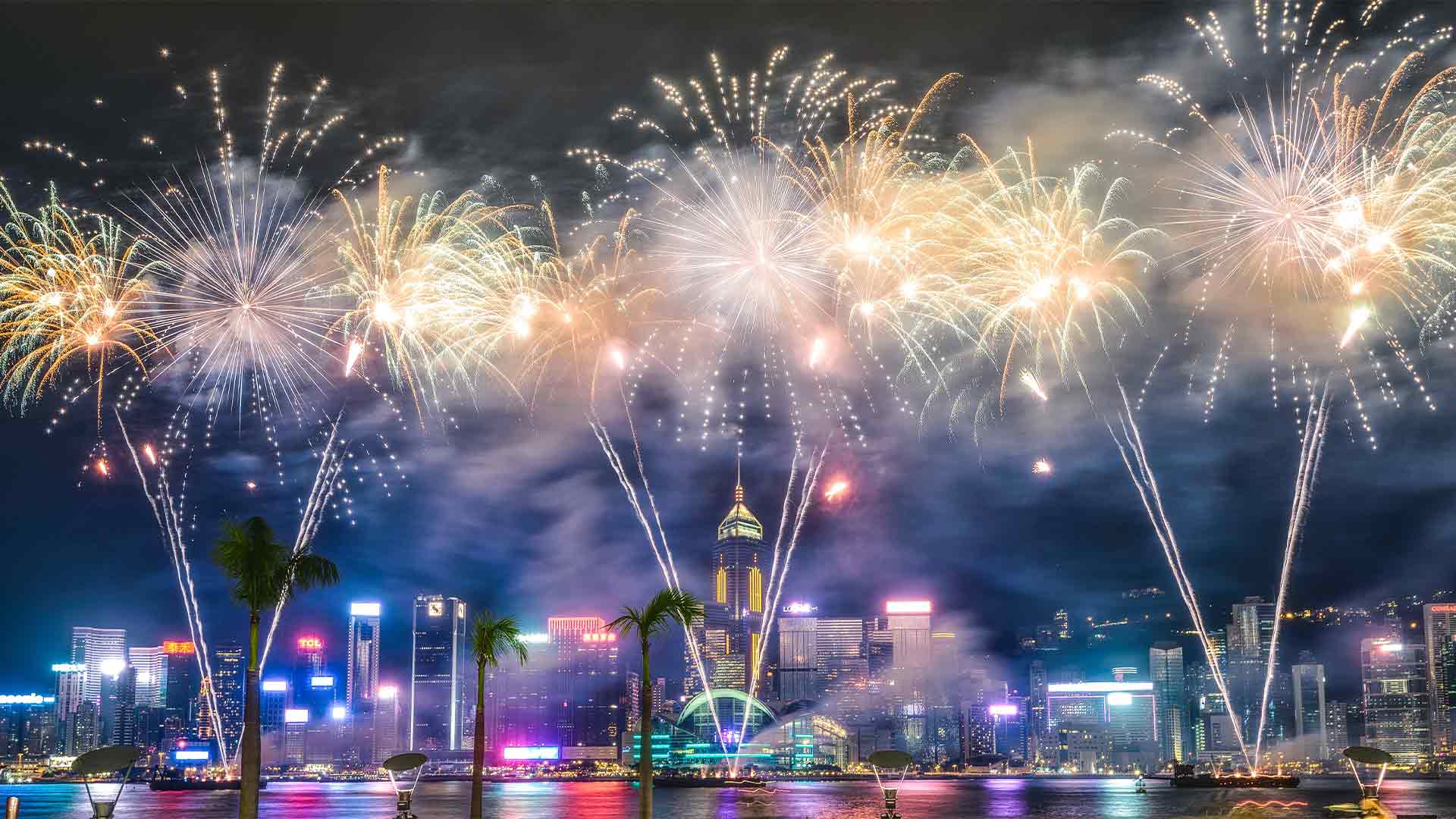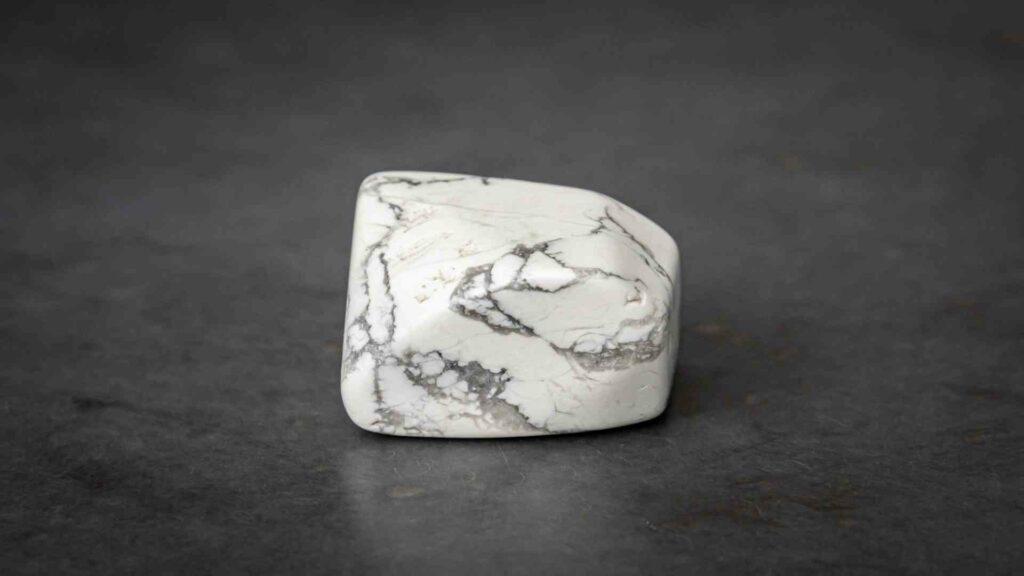Boron in Fireworks
Fireworks and pyrotechnics are used frequently in festivals and celebrations, as well as in military operations and military training. Barium is the chemical that gives off a green light in fireworks, but it is toxic. This can be resolved by substituting barium nitrate with Boron carbide. Boron carbide ticks all the boxes in pyrotechnics with its long burn times and high luminous intensity. There are few concerns in terms of toxicity and environmental data to adopting it. Moreover, Boron carbide is cheaper than barium nitrate and is in plentiful supply.

Boron in Fireworks
The Problem with Pyrotechnics and Fireworks
Pyrotechnics refers to the science and art of creating fireworks. Safety matches, oxygen candles, explosive bolts, and controlled explosions in military training and military operations.
Displays worldwide mark red-letter days, open and close ceremonies, and festivals and celebrate the end of each year in capital cities with controlled explosives, combustibles, or fireworks. The military uses pyrotechnics extensively in their signal flares, as well as training grounds to mimic explosions and gunfire from combat. Metal compounds create bright colours. Different metal compounds give different colours. For example, lithium (Li) salts produce pink colours, sodium (Na) salts are used for the colour orange or yellow, copper (Cu), and barium (Ba) salt for green.
Every chemical found in the firework industry is dangerous in its way. Combinations of fuel and oxidizing agents are used in firework products. Toxic release, fire, or explosion are the main hazards in the firework industry. The harmful effects of firecrackers include the release of pollutants like barium chloride and carbon dioxide as well as sulphur dioxide and carbon monoxide.
The environment can be impacted by crackers used during festivals. Barium compounds pose a risk to human health, and barium ores have been found to contain radioactive content. Places such as theme parks, where displays take place every day, are generally at a higher risk because these compounds can accumulate there over time.
Boron Compounds in Fireworks
A pyrotechnic that emits green light for military and civilian purposes has been developed without barium or chlorinated compounds.
Boron carbide is used as a fuel and colorant with a potassium-nitrate oxidizer or an epoxy binder. This eco-friendly formulation is highly resistant to friction, impact, and electrostatic discharge and has excellent thermal stability. Amorphous boron (and its compounds) are well-known for their green-light-emitting properties. This is due to the formation of metastable BO2.
The problem is that these mixtures burn too quickly to be practical in long-burning pyrotechnic applications. A number of formulae have been developed in which crystalline boron was used as an additive to prolong the burn time of green light-emitting pyrotechnics containing amorphous boron.
Boron can be used for military illumination purposes. It can also be combined with an oxidizer to replace barium in commercial green light-emitting fireworks. Boron can further replace barium compounds in green light-emitting pyrotechnics applications. This is a cost-effective solution to the long-standing problem of developing environmentally friendly green light emitters that have acceptable performance. The cost of new pyrotechnic formulas is essential for both the military and the commercial fireworks industry.
The Research on Using Boron in Fireworks
Research by Armament Research, Development, and Engineering Center (ARDEC), has been undertaken to create a cost-effective alternative to a US Army green light-emitting pyrotechnic item, namely, the M125A1 handheld signal. Barium nitrate is used as an oxidizer. Magnesium 30/50 (mesh) is the primary fuel source. Laminac 4116/Lupersol serves as the binder system. Polyvinyl chloride is further used.
PVC’s unique function is the release of chlorine during combustion. This reacts with barium and yields metastable barium-chloride (BaCl), which is directly responsible for green-lighting emission. Incandescent magnesium oxide reacts with chlorine to create the volatile magnesium chloride species. This further enhances the colour purity of the pyrotechnic flame.
BKNO3 is part of the initial fuel/oxidizer system to establish a data point for developing a cost-effective, barium-free pyrotechnic. Epon 828/Epikure3140 serves as the binder system.
The experiments found that PVC can be eliminated. It is no longer required to produce green-light emitting BaCl due to the absence of barium nitrate. PVC was therefore removed from all future boron-containing formulations as BO2 formation can produce green light emissions. The removal of PVC also reduces harmful emissions. PVC produces toxic polychlorinated biphenyls (PCBs) during combustion.
It was also found that boron carbide (B4C) could be used in pyrotechnics to increase the burn time of barium-free formulas. Incorporating B4C in pyrotechnics results in longer burn times and at higher levels. Boron carbide is a viable alternative to barium nitrate. It ticks all the boxes: long burn times and high luminous intensities, as well as an excellent spectral purity. It can also be used as an industrial abrasive in the real world, so there are fewer hurdles in collecting environmental and toxicity data to approve and adopt it. Boron carbide is available at a lower price than barium nitrate, and it is also readily available. Thus, it makes an excellent alternative to fireworks.





